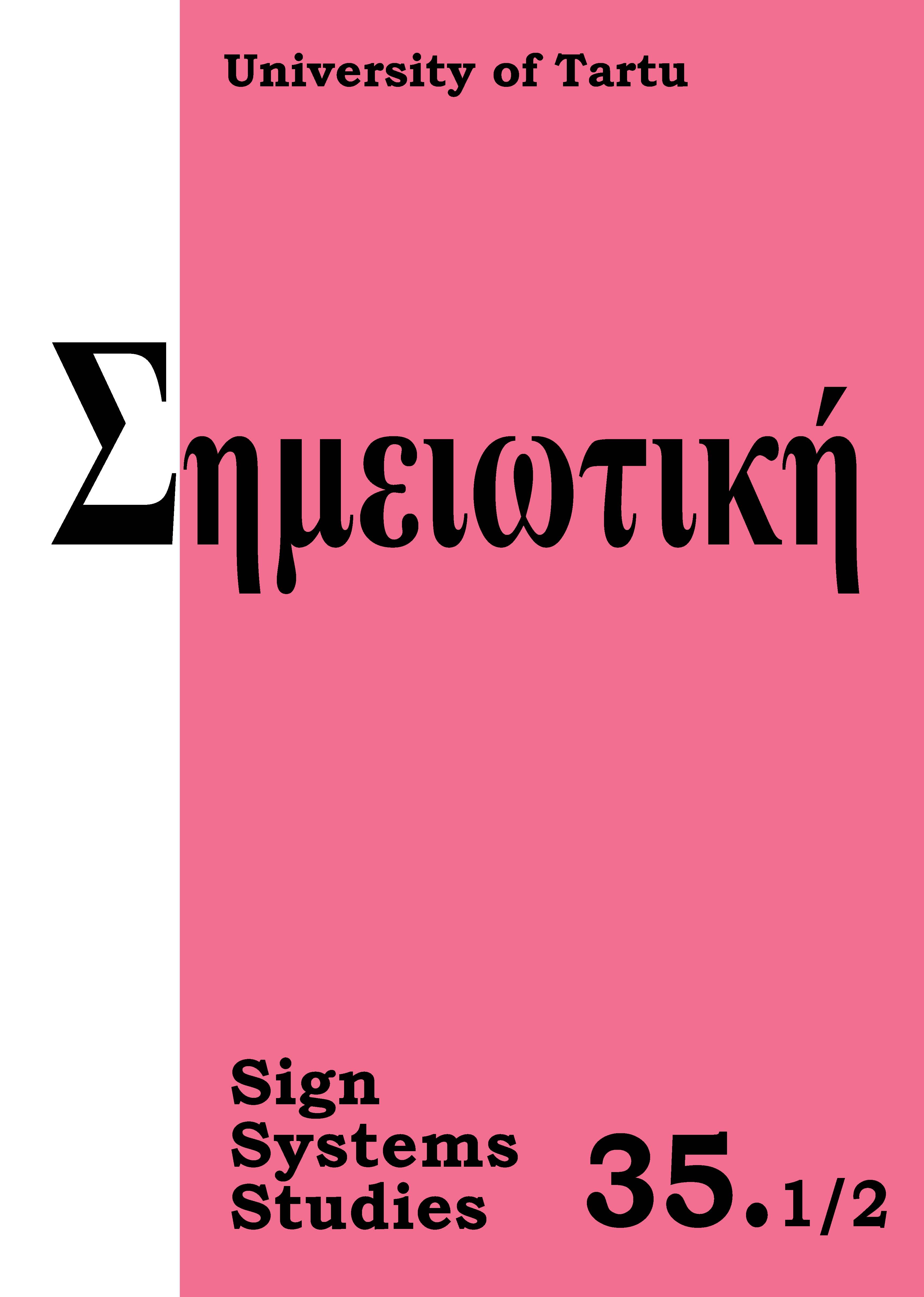The construction of the ‘we’-category: Political rhetoric in Soviet Estonia from June 1940 to July 1941
DOI:
https://doi.org/10.12697/SSS.2007.35.1-2.09Abstract
The article asks, how one of the basic notions of cultural-political identity — we — is constructed in mass media, viz. which kind of semiotic and linguistic facilities are used in constructing a political unity. The approach used in this article is based on Lotman’s semiotic theory of culture and on the analysis of pronouns in political texts, using Emil Benvenist’s theory of deixis. Our case study concentrates on the years 1940–1941 which mark one of the most crucial periods in Estonian nearest history. The source material of the analysis consists of speeches of new political elite in power, all of which were published in major daily newspapers at the time. In outline, first year of soviet power in Estonia can be divided in two periods. First period would be from June 21 to “July elections” in 1940. In political rhetoric, new political elite tried to create a monolithic subject, the unity between themselves and people (people’s will) by emphasizing activity and freedom of selfdetermination. Nevertheless, starting from “elections”, especially from the period after “accepting” Soviet Republic of Estonia as a full member of Soviet Union, a transition of we-concept from an active subject to mere passive recipient can be detected. From that time on, people’s will was envisaged as entirely determined by marxist-leninist ideology and “the Party”.


